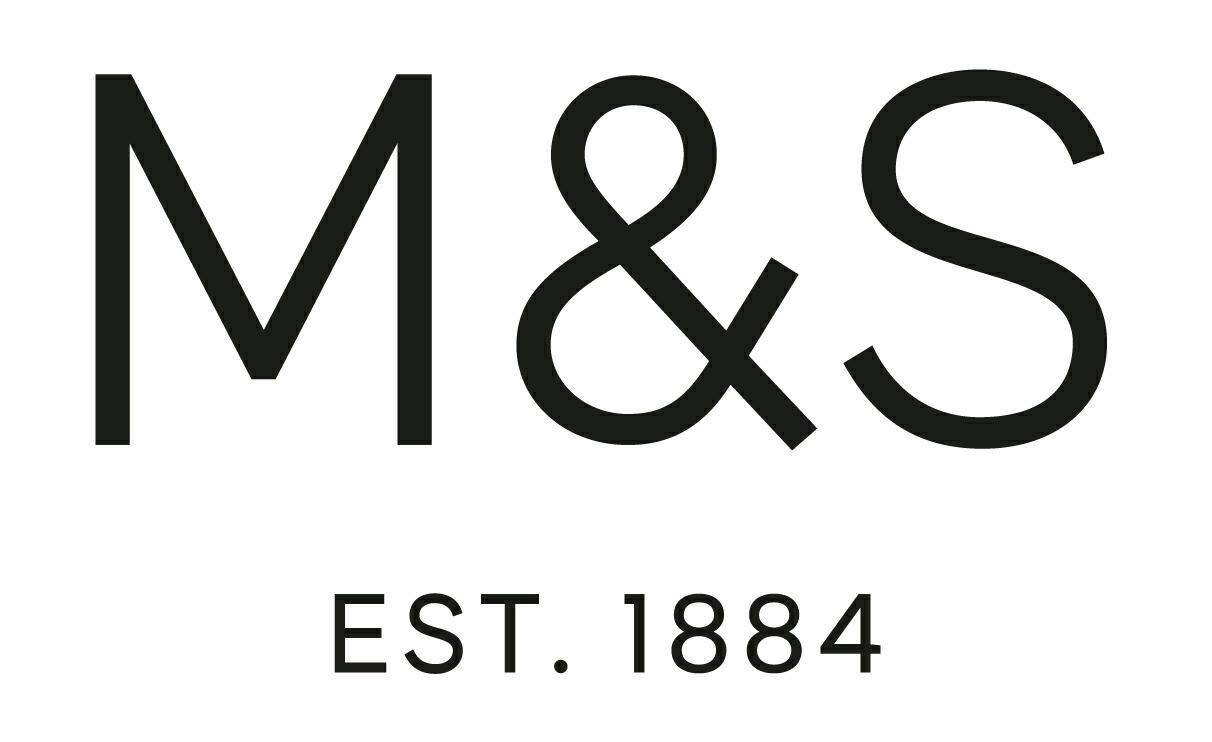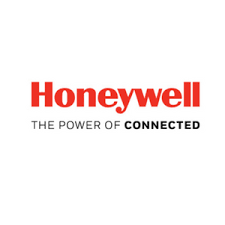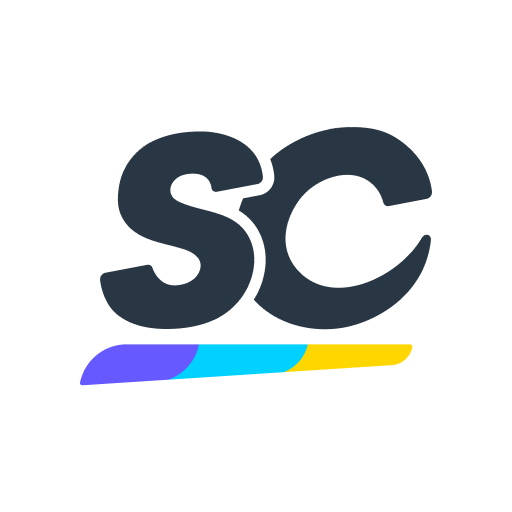Title Page
-
Project Name
-
Location
-
Prepared by
-
Conducted on
HVAC Commissioning Checklist
Programmable Thermostats
-
Installed per manufacturers instructions
-
Programmed per designed control strategy
-
Verify heating operation during occupied periods
-
Verify heating operation during unoccupied periods
-
Verify cooling operation during occupied periods
-
Verify cooling operation during unoccupied periods
-
Verify system operation during occupied hours under no-load condition
-
Verify system operation during unoccupied hours under no-load condition
-
Verify system status when power is lost
-
Verify system operation when power is returned
-
Verify battery back-up (if applicable)
-
Measure room temperatures for compliance with set point.
DX Air Cooled Condensing Units
Installation
-
Refrigerant pipe leak tested.
-
Refrigerant pipe evacuated and charged in accordance with manufacturer's instructions.
-
Check condenser fans for proper rotation.
-
Any damage to coil fins has been repaired.
-
Manufacturer's required maintenance/ operational clearance provided.
Electrical
-
Power available to unit disconnect.
-
Power available to unit control panel.
-
Verify that power disconnect is located within sight of the unit it controls
Controls
-
Unit safety/protection devices tested.
-
Control system and interlocks installed.
-
Control system and interlocks operational.
Variable Air Volume (VAV) Terminals
Installation
-
VAV terminal in place.
-
VAV terminal ducted.
-
VAV terminal connected to controls.
-
Reheat coil connected to hot water pipe.
-
Manufacturer's required maintenance clearance provided.
Controls
-
Reheat VAV terminal controls set.
-
Reheat terminal/coil controls verified.
Testing, Adjusting, and Balancing (TAB)
-
Verify terminal maximum air flow set.
-
Verify terminal minimum air flow set.
-
TAB operation complete
Variable Air Volume Handling Unit
Installation
-
Vibration isolation devices installed.
-
Inspection and access doors are operable and sealed.
-
Casing undamaged.
-
Insulation undamaged.
-
Condensate drainage is unobstructed. (Visually verify drainage by pouring a cup of water into drain pan.)
-
Fan belt adjusted.
-
Manufacturer's required maintenance clearance provided.
Electrical
-
Power available to unit disconnect.
-
Power available to unit control panel.
-
Proper motor rotation verified.
-
Verify that power disconnect is located within sight of the unit it controls.
-
Power available to humidifier.
Coils
-
Chilled water piping properly connected.
-
Chilled water piping pressure tested.
-
Hot water piping properly connected.
-
Hot water piping pressure tested.
-
Air vents installed on water coils with shutoff valves as specified.
-
Any damage to coil fins has been repaired.
Heat Recovery Unit
-
Controls operable.
-
Power connected and rotation check.
-
Bypass dampers operable.
Controls
-
Control valves/actuators properly installed.
-
Control valves/actuators operable.
-
Dampers/actuators properly installed.
-
Dampers/actuators operable.
-
Verify proper location, installation and calibration of duct static pressure sensor.
-
Fan air volume controller operable.
-
Air handler controls system operational.
Testing, Adjusting, and Balancing (TAB)
-
Power available to unit disconnect.
-
Construction filters removed and replaced.
-
TAB report submitted.
-
TAB results within +10%/-0% of L/s cfm shown on drawings
-
TAB results for outside air intake within +10%/-0% of both the minimum and maximum L/s cfms shown on drawings.
Completion
-
Additional Comments
-
Inspector Name & Signature
-
Installer Name & Signature
-
Contractor Name & Signature












